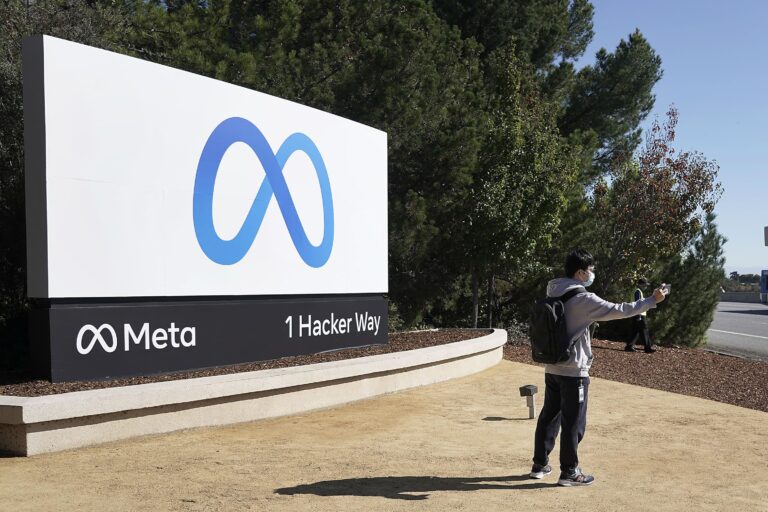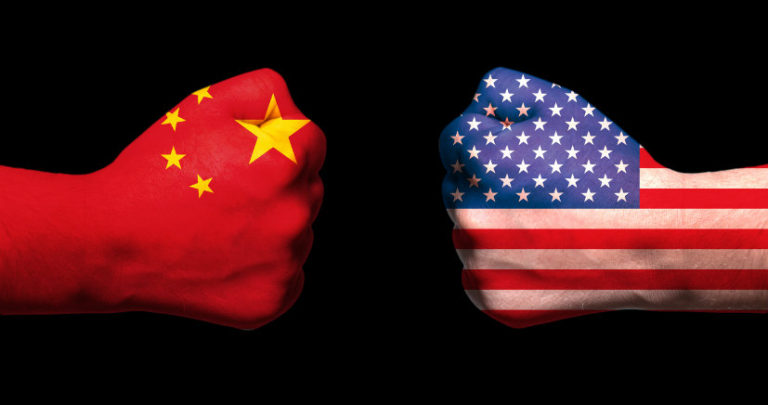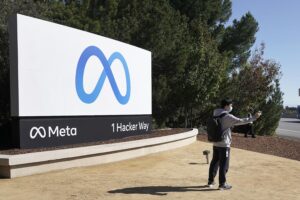Nike’s hardware exit is ominous for those that remain.
- The exit of Nike from its FuelBand product shows how difficult hardware can be and that the real value is in the service and the data. .
- It looks very much as if Nike has laid-off the engineering team responsible for its FuelBand product meaning that the current product will be its last.
- Looking at the product in isolation seems likely that it has been a financial black hole.
- On top of the high development costs, the FuelBand has not proven to be particularly reliable meaning that warranty returns have also been significant.
- This, plus mediocre sales (partly due to its high price tag of $150), have probably meant swathes of red ink, driving management to look for another option.
- This is an ominous sign for the fledgling wearables industry as any product without a unique use case and rock solid reliability looks destined to fail.
- Furthermore the use cases that have emerged to date (smartphone remote control and activity tracking) can increasingly be carried out directly on the phone itself without an external sensor.
- Hence, without either of those two criteria in the bag, it looks like it is in Nike’s best interest to bail-out of hardware.
- However, that is not the end of the story as its close relationship with Apple could mean that Apple’s own M7 chip simply takes over the sensor function with the app doing the monitoring.
- This would mean that Nike activity tracking becomes officially exclusive to Apple devices.
- This could benefit both Apple and Nike as Apple would gain access to an exclusive service that would give it differentiation in the apps and services space while Nike would be out of the tricky hardware business.
- At the end of the day, I am not sure that Nike cares about the sales of the FuelBand as they have failed to move the needle of its $7bn revenue base.
- What it does care about is brand loyalty which is driven by users engaging with its app which will remain even as the hardware is phased out.
- If Apple can keep Nike exclusive, then its differentiation in the Digital Life services space will improve.
- If this differentiation can be spread right the way around the Digital Life pie, then margins could remain at supernormal levels indefinitely.
- Apple is very far from this goal but this would represent a first step.
- Nike would be cutting itself off from all of its customers who use Android or Windows Devices.
- However, looking at the premium position that it occupies in the sporting goods market, I suspect that the overlap of its customers with Apple’s is big enough for this not to be a real problem.
- This is a worrying sign for the likes of Jawbone, FITBIT Pebble and so on as the hardware is increasingly being integrated into the mobile phone giving users less and less reason to purchase extra devices.
- None of these devices meet both of the two criteria of unique use case and rock solid reliability making me pessimistic for all of them.
- Nike’s decision to exit early may indeed be a wise move.









Blog Comments
Diya Soubra
April 22, 2014 at 12:41 pm
-What if the exit of Nike was due to the fact that they are in the sports equipment business and not in the sports services business?
Most people agree that the value is in what we do in the collected data.
-What if executives at Nike decided that they do not wish to transform Nike into a data analytics company?
-Why do people assume that such a transition is easy for a sports company?
It is a bold move actually by the executives of Nike to choose what business they want to be in.
Besides, it is a classic business case study that companies with $7B in revenue will nearly always kill all internal innovative or disruptive projects since the revenue is tiny compared to the total. Why would Nike be different?
tatilsever
April 22, 2014 at 7:50 pm
Nike is using the data. It looks like it is simply exiting the hardware side, as making the hardware is no longer necessary to collect such data and provide -whichever term you prefer- engagement, ecosystem, platform or sports services.
tatilsever
April 22, 2014 at 7:45 pm
A similar, but more in depth analysis from Ben Thompson, with some personal anecdotes about how Nike is using smartphone apps to engage with its customers as part of selling athletic experience and achieving much higher gross margins compared to its competitors:
http://stratechery.com/2014/apple-nike/
windsorr
April 23, 2014 at 1:29 pm
Exactly…this is all about the data and using it to preserve brand loyalty….if someone else can do the hardware and do it better, then so much the better as far as Nike is concernd
Apple – Shopping trip | Radio Free Mobile
May 30, 2014 at 10:51 am
[…] are a solution looking for a problem (see here) and unless Apple has come up with a use case that suddenly makes these devices a must-have, demand […]
Wearables – Missing link | Radio Free Mobile
June 20, 2014 at 6:18 am
[…] Hence, I see no reason to change the view that wearables are a solution looking for a problem and the view that technology for biosensors remains a long way away from being mass market ready. (see here) […]